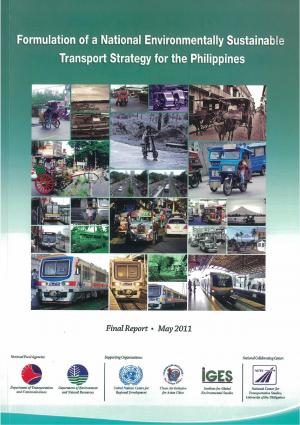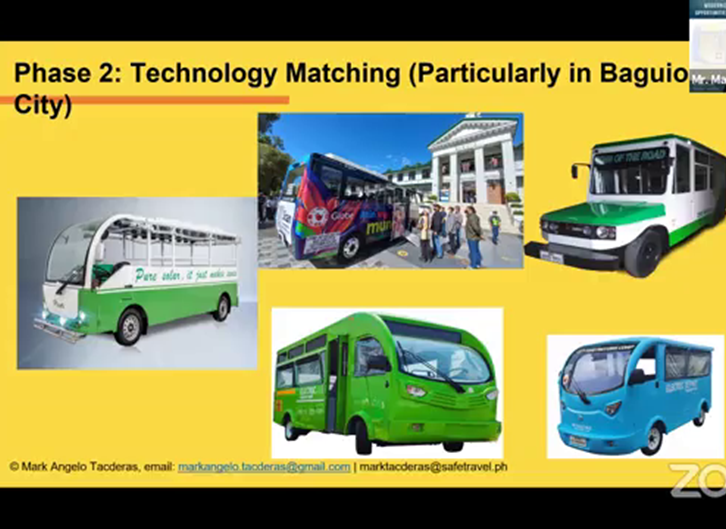How Transportation Advertising Can Transform Public Transportation Spaces Into Dynamic Marketing Operatings Systems
Transit advertising and marketing holds significant possibility to redefine mass transit areas right into dynamic advertising and marketing platforms that notify and engage. By utilizing cutting-edge layouts such as digital display screens and interactive stands, brand names can not only reach a diverse target market yet also improve the general traveler experience. This approach produces an one-of-a-kind chance for brand names to get in touch with consumers in a setting that is frequently ignored. As we discover the multifaceted benefits and progressing techniques of transportation advertising and marketing, it elevates the question of how this change might redefine our communications with both brand names and the urban atmosphere.
Advantages of Transportation Marketing

Additionally, transit advertising and marketing is very economical compared to standard media. It permits marketers to accomplish high impressions at reduced costs, optimizing roi. The restricted audience of travelers provides a possibility for brands to communicate their messages to people who are frequently responsive during their travel times.
Additionally, the dynamic nature of transit advertising and marketing enables projects to be updated often, ensuring that messaging stays prompt and pertinent. This adaptability can be critical in responding to market patterns or advertising events, keeping the brand name top-of-mind for customers. Finally, the prevalent presence of transit marketing adds to brand name recall; repeated exposure within familiar traveling contexts enhances brand understanding and cultivates consumer loyalty, eventually boosting and driving sales brand credibility.
Kinds Of Transportation Advertising
Public transport systems give various formats for advertising, each satisfying different advertising approaches and target market involvement approaches. One prominent type is exterior bus and train wraps, which cover the entire vehicle and create a mobile billboard effect, allowing for high visibility in city environments. These wraps can capture attention as they traverse busy roads, getting to a varied target market.
Another preferred layout is indoor marketing, which includes posters, electronic displays, and advertisements on transit seats. These positionings engage passengers during their trip, enhancing brand messaging in a confined room. Digital shows, particularly, offer the benefit of dynamic content, making it possible for marketers to update messages in real-time.
Terminal marketing is also substantial, featuring posters, banners, and interactive stands within transit terminals. These ads leverage foot website traffic and can target particular demographics based upon place.
Last but not least, advertising partnerships with transportation authorities can result in one-of-a-kind campaigns, such as themed transportation experiences or occasions, boosting the total involvement with commuters. Each sort of transit marketing offers distinctive benefits, permitting brands to customize their approach to properly reach their target audience within the general public transportation ecological community.
Engaging Travelers Successfully
Commuters are progressively flooded with advertising messages during their day-to-day travels, making it vital for brand names to engage them in innovative informative post ways. To catch focus in this crowded area, marketers must prioritize imagination and importance. Utilizing captivating visuals and succinct messaging can substantially boost the likelihood of interaction.
Interactive aspects, such as QR codes or increased fact features, can also transform fixed advertisements right into immersive experiences, fostering a much deeper link with the target market. Brands ought to focus on attending to travelers' interests and needs, tailoring messages to reverberate with their way of living, whether via promos for neighborhood companies or services developed to improve their commuting experience.
Furthermore, timing plays a crucial role; strategically positioning advertisements throughout height travelling hours can take full advantage of exposure and effect. Engaging commuters effectively additionally entails leveraging social networks combination, enabling passengers to share their promos or experiences straight from transit platforms, thereby amplifying brand name reach.
In significance, reliable interaction hinges on understanding the traveler trip and developing compelling, interactive, and relevant advertising and marketing experiences that not just catch attention yet additionally drive action and loyalty. By doing so, brand names can change public transportation right into a vibrant advertising system that resonates with its target market.

Measuring Marketing Impact
Just how can brands accurately analyze the efficiency of their advertising projects en route environments? Gauging the effect of transportation marketing calls for a diverse approach that incorporates qualitative and measurable metrics. One common approach is tracking interaction with mobile analytics, where brands can analyze foot web traffic patterns and application communications before, during, and after projects.
Surveys can give important understandings into brand recall and customer sentiment, permitting brands to assess just how well their messages resonate with travelers. In addition, monitoring social networks involvement pertaining to certain projects can reveal shifts in public assumption and brand name discussion.

Furthermore, working together with transit companies can boost dimension precision, as they frequently possess in-depth group information on ridership fads. By incorporating these methodologies, brands can develop an extensive understanding of their marketing efficiency, making sure that their projects not just reach however likewise affect their target audiences successfully.
Future Fads in Transportation Advertising And Marketing
A substantial change is expected in transit advertising and marketing as technological improvements and altering consumer habits reshape the landscape. Transit Advertising Philippines. The integration of interactive media and digital displays is expected to boost involvement, permitting brand names to supply dynamic content that resonates with varied audiences. As public transport systems embrace clever innovation, advertisers will certainly utilize real-time data analytics to tailor messages based upon passenger demographics and habits
In addition, enhanced reality (AR) is poised to change the way travelers communicate with ads. By supplying immersive experiences, AR can sites change a mundane trip into an engaging narrative that catches interest and cultivates brand name commitment. This innovation will likely encourage advertisers to create more experiential campaigns that drive consumer interaction.
Sustainability is one more essential fad affecting transit advertising and marketing. As environmental awareness grows, brand names will progressively seek to straighten with green practices, making use of sustainable products and advertising eco-friendly campaigns within their campaigns.
Verdict
To conclude, transportation advertising uses significant advantages by improving brand name visibility and involving a restricted audience. With numerous formats, such as exterior covers and electronic screens, it changes public transport into a lively marketing system. Reliable engagement methods and durable dimension techniques even like it more intensify its influence. As trends develop, the capacity for cutting-edge interactions between travelers and brand names is poised to grow, guaranteeing that transportation marketing continues to be an important element of contemporary advertising methods.
Transportation marketing holds considerable potential to redefine public transportation rooms into lively marketing platforms that educate and involve. The pervasive presence of transit advertising and marketing adds to brand recall; repeated direct exposure within familiar travel contexts reinforces brand awareness and cultivates consumer commitment, ultimately boosting and driving sales brand name credibility.
Exactly how can brands precisely assess the performance of their advertising projects in transit environments?In verdict, transportation advertising and marketing provides substantial advantages by improving brand presence and engaging a restricted audience. Transit Advertising Philippines. As fads develop, the potential for ingenious interactions in between brands and travelers is poised to expand, guaranteeing that transportation marketing continues to be an essential component of modern-day marketing approaches